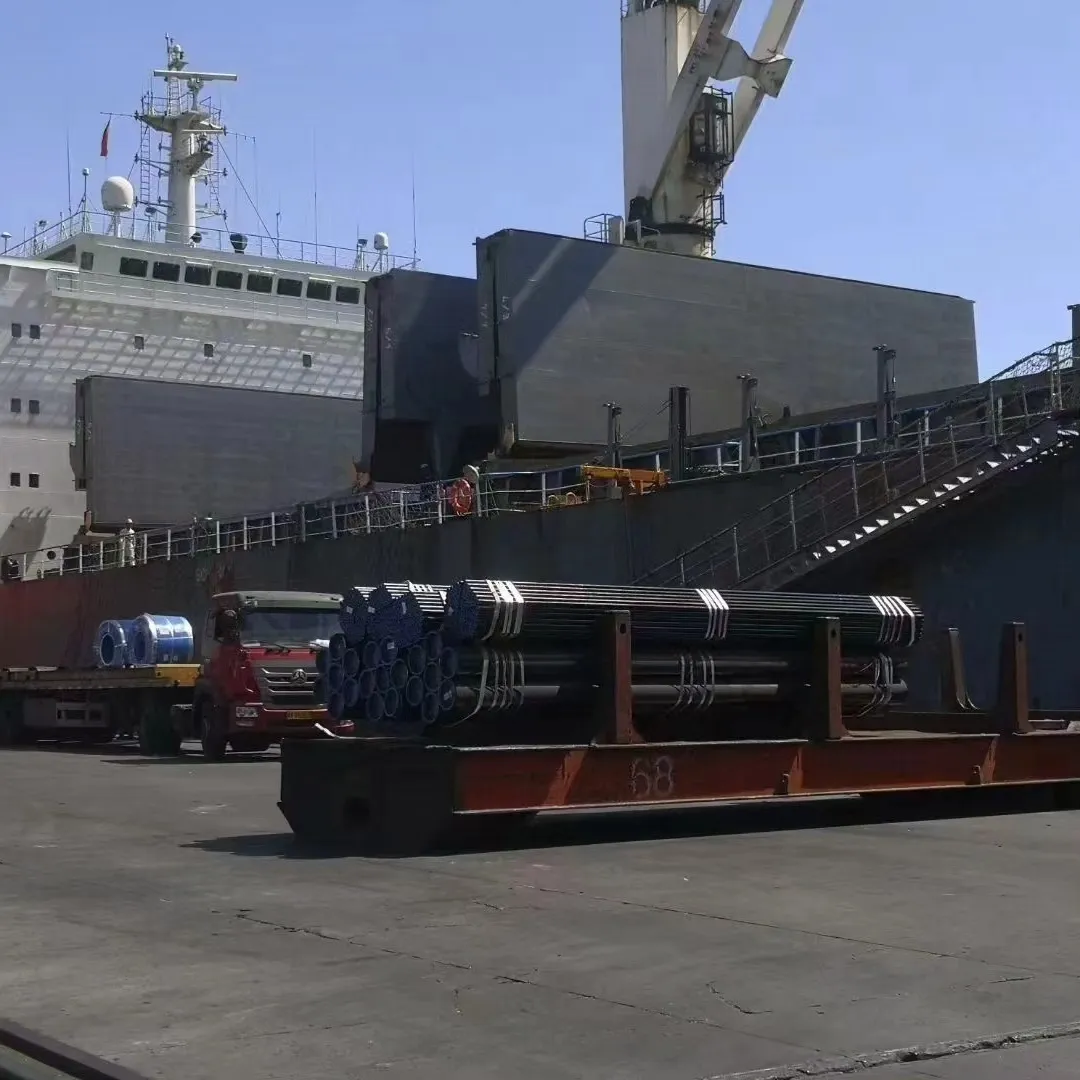-
Cangzhou Yulong Steel Co., Ltd.
-
Phone:
+86 13303177267 -
Email:
admin@ylsteelfittings.com
- English
- Arabic
- Italian
- Spanish
- Portuguese
- German
- kazakh
- Persian
- Greek
- French
- Russian
- Polish
- Thai
- Indonesian
- Vietnamese
- Zulu
- Korean
- Uzbek
- Hindi
- Serbian
- Malay
- Ukrainian
- Gujarati
- Haitian Creole
- hausa
- hawaiian
- Hebrew
- Miao
- Hungarian
- Icelandic
- igbo
- irish
- Japanese
- Javanese
- Kannada
- Khmer
- Rwandese
- Afrikaans
- Albanian
- Amharic
- Armenian
- Azerbaijani
- Basque
- Belarusian
- Bengali
- Bosnian
- Bulgarian
- Catalan
- Cebuano
- China
- China (Taiwan)
- Corsican
- Croatian
- Czech
- Danish
- Esperanto
- Estonian
- Finnish
- Frisian
- Galician
- Georgian
- Kurdish
- Kyrgyz
- Lao
- Latin
- Latvian
- Lithuanian
- Luxembourgish
- Macedonian
- Malgashi
- Malayalam
- Maltese
- Maori
- Marathi
- Mongolian
- Myanmar
- Nepali
- Norwegian
- Norwegian
- Occitan
- Pashto
- Dutch
- Punjabi
- Romanian
- Samoan
- Scottish Gaelic
- Sesotho
- Shona
- Sindhi
- Sinhala
- Slovak
- Slovenian
- Somali
- Sundanese
- Swahili
- Swedish
- Tagalog
- Tajik
- Tamil
- Tatar
- Telugu
- Turkish
- Turkmen
- Urdu
- Uighur
- Welsh
- Bantu
- Yiddish
- Yoruba

Dec . 06, 2024 16:33 Back to list
buttwelded
The Importance of Buttwelded Joints in Modern Engineering
Buttwelding, a widely used technique in various industries, involves joining two pieces of material, typically metal, edge to edge. This method has become integral in fields such as construction, manufacturing, and pipeline installation due to its numerous advantages, including strength, durability, and efficiency. Understanding the buttwelding process and its applications is crucial for engineers, manufacturers, and construction professionals alike.
The Buttwelding Process
The buttwelded joint is created by aligning two components so that their ends touch, and then applying heat and pressure to fuse them together. There are several methods for achieving this, including gas tungsten arc welding (GTAW), gas metal arc welding (GMAW), and shielded metal arc welding (SMAW). Each technique has its particular advantages and is chosen based on the materials involved and the specific requirements of the project.
One of the most common methods, GTAW, utilizes a non-consumable tungsten electrode to produce the weld. This method is preferred for materials that require high precision and a clean finish, such as stainless steel and aluminum. On the other hand, GMAW and SMAW are often employed for thicker materials or in situations where speed is of the essence.
Advantages of Buttwelded Joints
One of the primary benefits of buttwelding is the strength of the joint produced. Because the pieces of material are fused together at their edges, the resulting joint typically has a tensile strength comparable to that of the base materials. This attribute is particularly valuable in applications where structural integrity is critical, such as in the construction of bridges, high-rise buildings, and industrial plants.
Moreover, buttwelded joints often require little or no additional reinforcement. This reduces material costs and simplifies the construction process. In addition to strength and cost-effectiveness, buttwelding results in a smooth, continuous surface, making it ideal for applications that require aesthetic appeal or aerodynamic efficiency, like in automotive or aerospace industries.
Applications of Buttwelding
buttwelded

Buttwelding has a wide range of applications across different industries. In the oil and gas sector, for instance, it is crucial for creating robust, leak-proof pipeline systems. The high-pressure environments that these pipelines often operate under necessitate joints that can endure significant stress, making buttwelded joints an excellent choice.
In construction, buttwelding is extensively used for structural steel connections. As buildings become larger and more complex, the need for reliable connections increases. Buttwielded joints provide the strength and reliability needed to ensure that structures safely support their intended loads over time.
Moreover, in the manufacturing sector, particularly in the production of machinery and equipment, buttwelding is frequently employed. It allows for the assembly of components with precision and guarantees that there are minimal weak points, which is essential for the safety and longevity of machinery.
The Future of Buttwelding
The future of buttwelding looks promising, especially with the advent of advanced technologies such as robotics and automated welding systems. These innovations are optimizing the efficiency and precision of the welding process. Robotics can perform buttwelding in challenging environments, reducing the risks associated with human labor while maintaining high-quality welds.
Additionally, the development of new materials, such as advanced alloys and composites, is expanding the applicability of buttwelding. As industries continually strive for innovation and improvement, the ability to effectively join new materials will be key in pushing the boundaries of engineering and design.
Conclusion
In summary, buttwelding is a critical technique in modern engineering. Its ability to create strong, durable joints makes it indispensable across many industries. With ongoing advancements in welding technology and materials science, the relevance and application of buttwelding will continue to grow, helping to shape the future of various engineering disciplines. Understanding the intricacies of this process, along with its benefits and applications, is essential for professionals tasked with building the infrastructure and technology of tomorrow.
Latest news
-
ANSI 150P SS304 SO FLANGE
NewsFeb.14,2025
-
ASTM A333GR6 STEEL PIPE
NewsJan.20,2025
-
ANSI B16.5 WELDING NECK FLANGE
NewsJan.15,2026
-
ANSI B16.5 SLIP-ON FLANGE
NewsApr.19,2024
-
SABS 1123 FLANGE
NewsJan.15,2025
-
DIN86044 PLATE FLANGE
NewsApr.19,2024
-
DIN2527 BLIND FLANGE
NewsApr.12,2024
-
JIS B2311 Butt-Welding Fittings LR/SR 45°/90° /180°Seamless/Weld
NewsApr.23,2024











